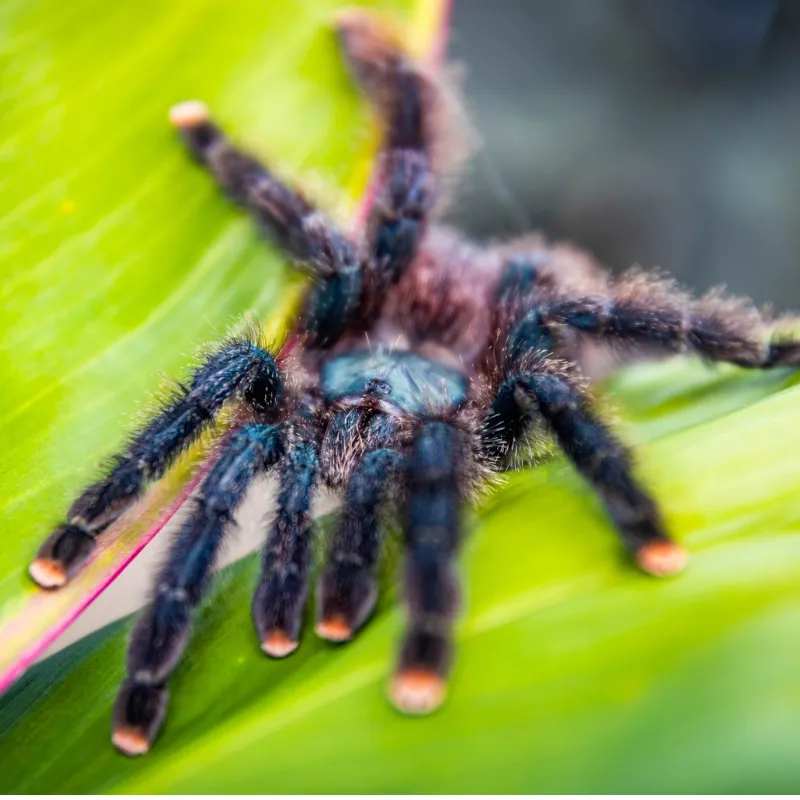Pink Toe Tarantula Pet Care Top 5 Tips
Bringing a pink toe tarantula (Avicularia avicularia) into your home can be an incredibly rewarding experience. These beautiful arachnids are relatively low-maintenance pets, but they still require specific care to thrive. This guide provides the top 5 essential tips to ensure your pink toe tarantula lives a long, healthy, and happy life. From enclosure setup to understanding their behavior, we’ll cover everything you need to know to become a successful pink toe tarantula owner. Proper care not only ensures the tarantula’s well-being but also enhances the enjoyment of owning such a unique pet. Remember, responsible pet ownership begins with understanding the needs of your animal.
Choosing the Right Enclosure
The enclosure is the pink toe tarantula’s entire world, so selecting the right one is crucial for their well-being. The enclosure should provide a secure, comfortable, and stimulating environment. It’s essential to consider factors like size, ventilation, and humidity control when making your choice. A well-chosen enclosure minimizes stress and promotes natural behaviors, contributing to a healthier and more content tarantula.
Size and Space Needs
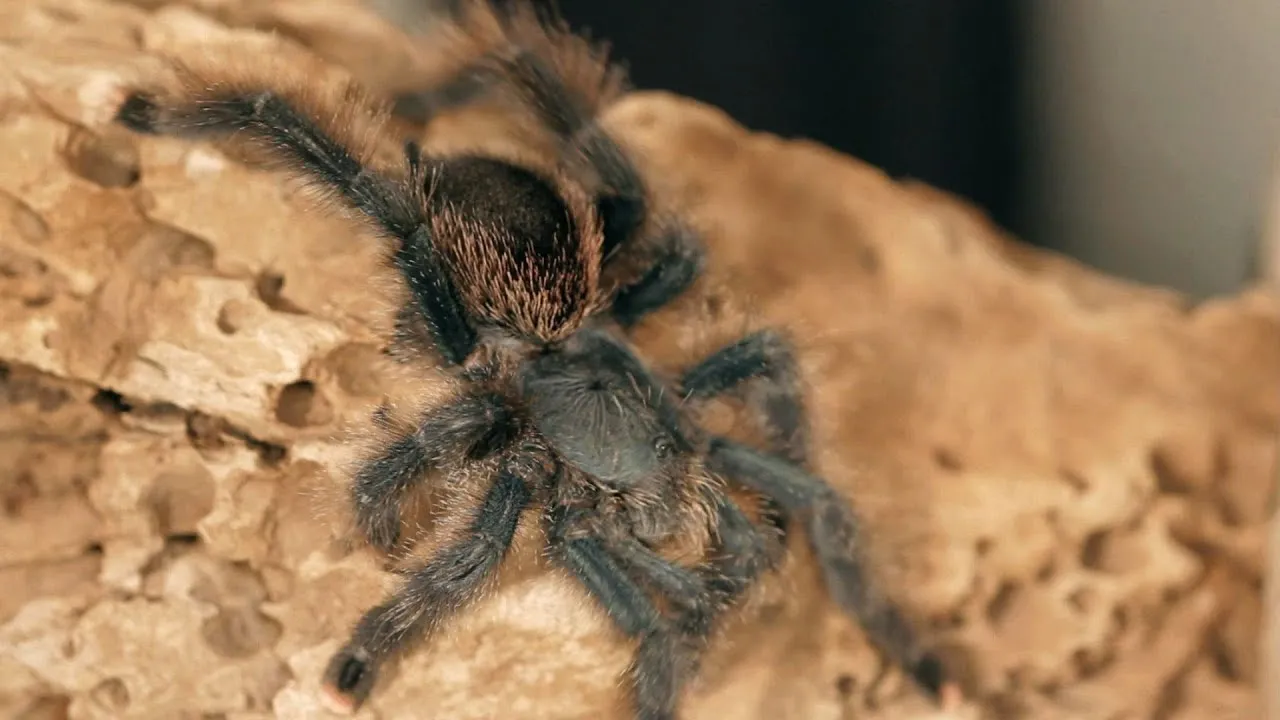
The enclosure’s size directly impacts your tarantula’s comfort and ability to move around. A general rule is to provide an enclosure that is at least three times the tarantula’s leg span in width and length, and at least twice the leg span in height. Pink toe tarantulas are arboreal, meaning they live in trees, so height is particularly important. A tall enclosure allows for the creation of climbing structures, which are vital for their natural behaviors. Avoid enclosures that are too large for a juvenile tarantula, as this can make it difficult for them to find food and feel secure.
Ventilation and Humidity
Adequate ventilation is paramount to prevent the buildup of harmful bacteria and maintain air quality. The enclosure should have cross-ventilation, with vents on opposite sides. This facilitates proper air circulation, reducing the risk of respiratory issues. Humidity control is also crucial. Pink toe tarantulas require a moderate humidity level. You can achieve this by misting the enclosure regularly, typically two to three times a week, depending on your climate. Monitor the humidity with a hygrometer to ensure it remains within the appropriate range, usually between 70% and 80%.
Substrate Selection
The substrate serves as the flooring of your tarantula’s home and plays a significant role in maintaining humidity and providing a sense of security. A suitable substrate for pink toe tarantulas includes a mix of coconut fiber, peat moss, and a small amount of sphagnum moss. This mixture holds moisture well, aiding in humidity control. The substrate should be deep enough (2-4 inches) to allow the tarantula to burrow and provide a stable surface. Avoid substrates like sand or gravel, as they can be difficult to maintain and may not hold moisture properly.
Feeding Your Pink Toe Tarantula
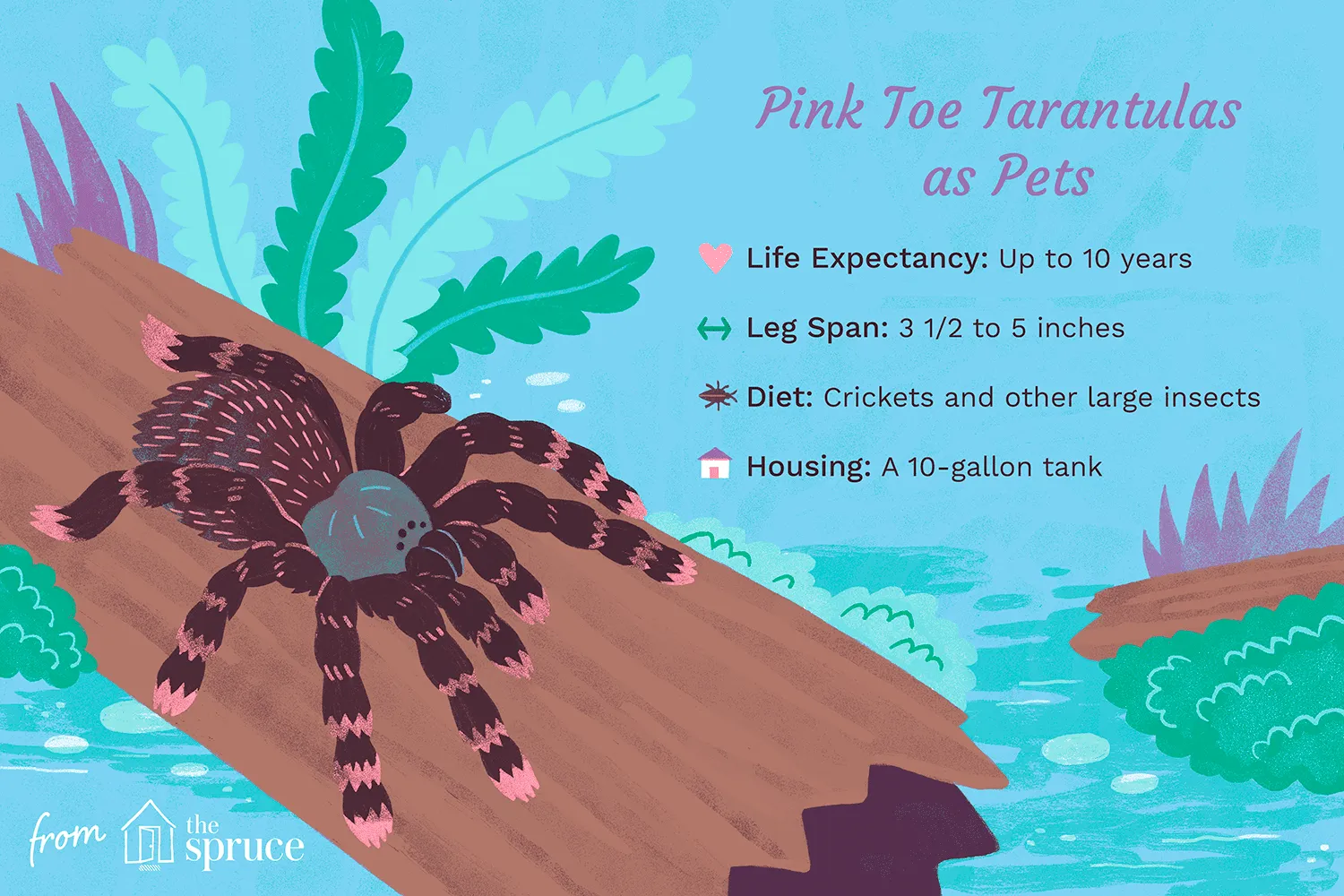
Proper feeding is fundamental to your pink toe tarantula’s health and growth. They are voracious eaters, and providing the right diet in appropriate quantities is essential. Understanding their dietary needs and feeding habits will ensure your tarantula thrives. It’s important to note that overfeeding can lead to health issues, so moderation is key. Observing your tarantula’s eating habits and adjusting accordingly will contribute to its overall well-being.
Appropriate Diet
Pink toe tarantulas primarily feed on insects. Crickets, mealworms, and roaches are common and readily available food sources. Varying the diet with different types of insects ensures that your tarantula receives a balanced intake of nutrients. Avoid feeding your tarantula insects that are too large, as this can pose a choking hazard. Ensure the insects are gut-loaded with nutritious food before feeding them to your tarantula, as this increases their nutritional value. Always remove uneaten insects within 24 hours to prevent stress for your tarantula.
Feeding Frequency
The feeding frequency depends on the tarantula’s age and size. Spiderlings and juveniles should be fed more often, typically two to three times a week. As they mature, the feeding frequency can be reduced to once a week or every other week for adults. Observe your tarantula’s abdomen; if it appears plump and healthy, you can reduce feeding. If the abdomen is thin or the tarantula seems eager for food, increase the feeding frequency slightly. Always adjust the amount of food according to the tarantula’s appetite and body condition.
Water and Hydration
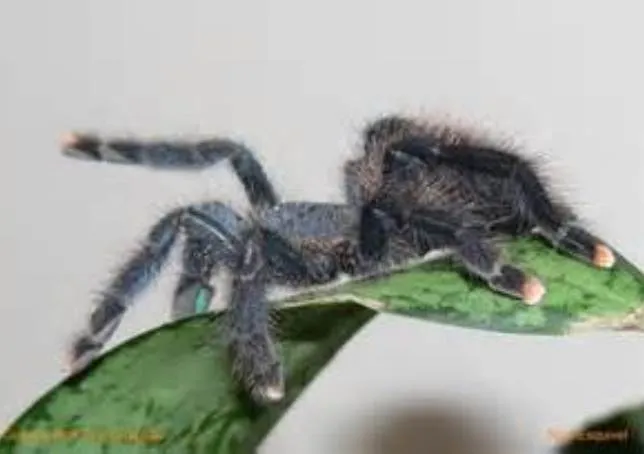
Access to fresh water is essential for pink toe tarantulas. Provide a shallow water dish with fresh, clean water at all times. The water dish should be small enough to prevent the tarantula from falling in and drowning. Regularly check and refill the water dish, usually every day or two. In addition to the water dish, misting the enclosure helps maintain the required humidity levels. This also allows the tarantula to drink water droplets, mimicking their natural behavior in the wild. Avoid using tap water that may contain chlorine or other harmful chemicals, use bottled or filtered water instead.
Maintaining the Right Environment
Creating and maintaining the correct environment is critical for your pink toe tarantula’s health and happiness. This involves managing the temperature, lighting, and cleanliness of their enclosure. Understanding and implementing these environmental controls will help you provide the best possible care for your pet. A stable, well-maintained environment minimizes stress, promotes healthy molting, and supports overall vitality.
Temperature Control
Pink toe tarantulas thrive in a temperature range of 75-85°F (24-29°C). Maintaining a consistent temperature is crucial. Use a thermometer to monitor the temperature inside the enclosure. In most cases, room temperature is sufficient. If necessary, you can use a low-wattage heat lamp or a heat mat placed on the side of the enclosure (never under it) to provide supplemental heat. Be cautious when using heat sources, and ensure they do not overheat the enclosure. Avoid direct sunlight, as it can overheat the enclosure and be fatal to the tarantula.
Lighting Requirements
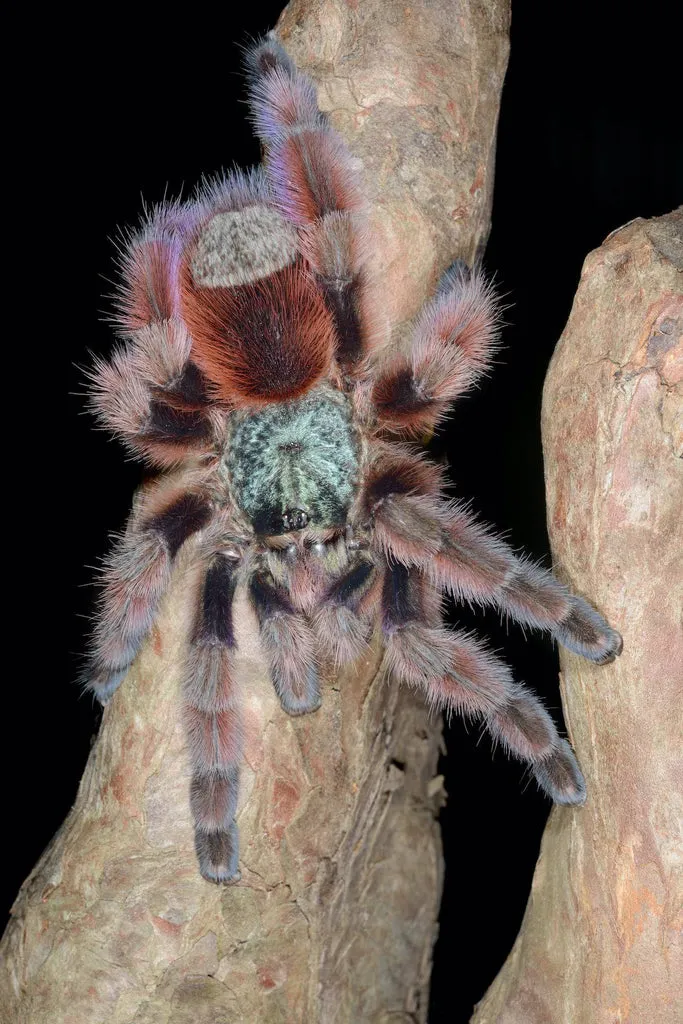
Pink toe tarantulas do not require special lighting. They are nocturnal creatures, so they do not need UVB or UVA lighting. The enclosure can be kept in a room with natural daylight, but avoid direct sunlight. If you choose to use artificial lighting, use a low-wattage bulb to mimic the day/night cycle. Ensure the light does not generate too much heat, which could harm the tarantula. A regular day/night cycle is sufficient for their well-being, and the light should not be left on 24 hours a day.
Cleaning and Maintenance
Regular cleaning and maintenance are essential to prevent the buildup of waste and maintain a healthy environment. Spot-clean the enclosure weekly, removing any uneaten food, molted exoskeletons, and fecal matter. A full substrate change should be performed every six to twelve months, depending on the size of the enclosure and the amount of waste. When cleaning, be careful not to disturb or harm the tarantula. Use appropriate cleaning solutions, and make sure the enclosure is thoroughly rinsed and dried before returning the tarantula to its habitat. A clean enclosure reduces the risk of illness and contributes to a healthier pet.
Handling and Interaction
While pink toe tarantulas are fascinating creatures, they are not typically pets that enjoy being handled. It’s important to prioritize their well-being and safety, and to handle them only when necessary. Understanding their behavior and following safe handling practices is essential to ensure both your and your tarantula’s safety. Always respect the tarantula’s space and recognize that they are not social animals. Excessive handling can cause stress and may lead to bites.
Safe Handling Practices
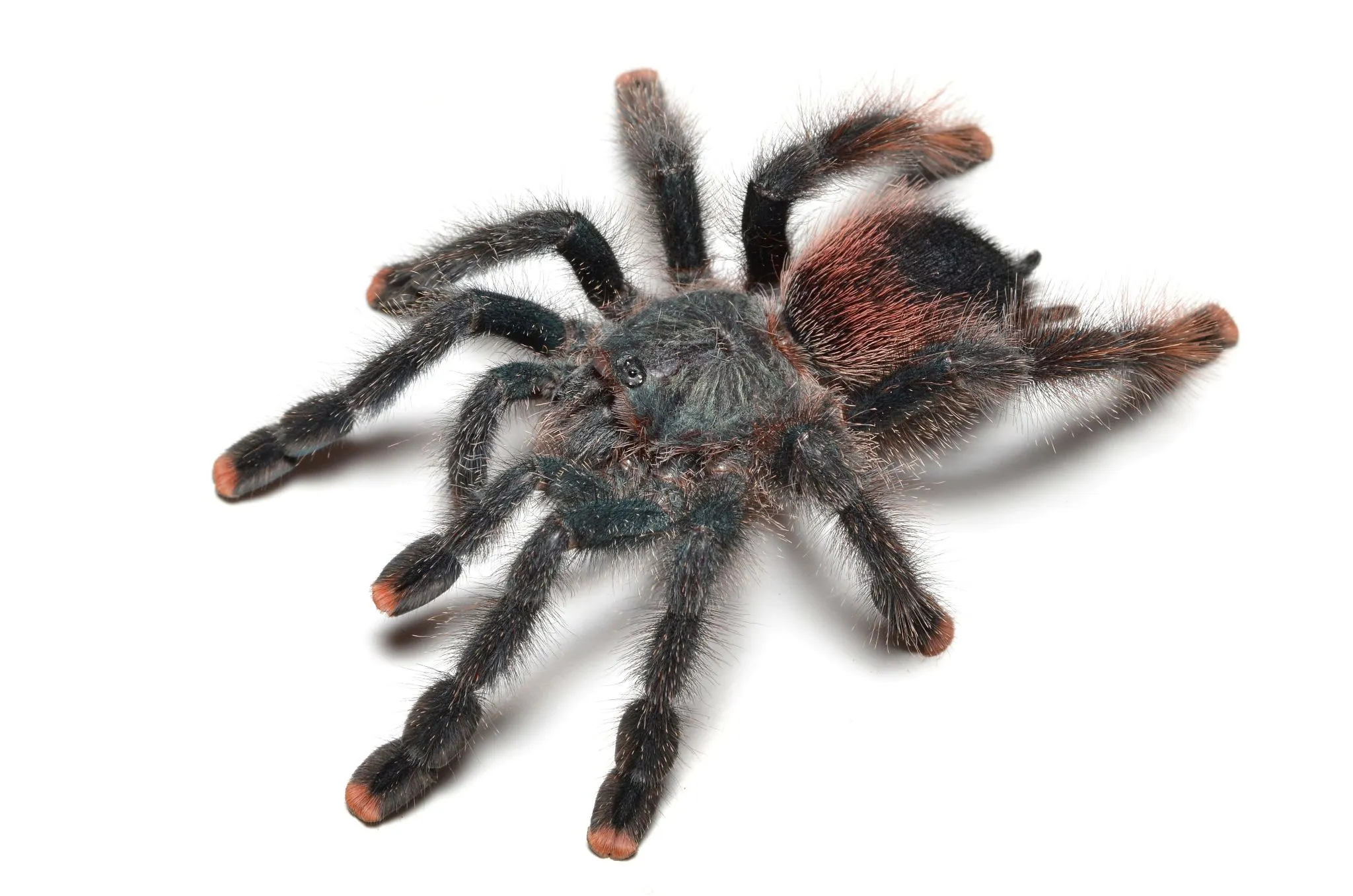
Handling should be kept to a minimum, and only undertaken when absolutely necessary, such as for enclosure cleaning or health checks. If you must handle your tarantula, do so over a soft surface, like a bed or a carpet, to minimize the risk of injury if it falls. Gently coax the tarantula onto your hand, avoiding sudden movements. Be aware of the tarantula’s behavior; if it appears agitated or defensive, do not force the interaction. Wash your hands thoroughly before and after handling your tarantula to prevent the transfer of bacteria or chemicals.
Understanding Tarantula Behavior
Understanding your tarantula’s behavior is critical to providing proper care and ensuring its well-being. Observe your tarantula’s actions and recognize signs of stress, such as a defensive posture, flicking hairs, or attempting to flee. If your tarantula exhibits these behaviors, it is best to leave it alone. Pink toe tarantulas are generally docile but can bite if they feel threatened. Learn to differentiate between normal behaviors, such as web-spinning and feeding, and signs of distress, such as lethargy or loss of appetite. Paying attention to their behavior allows you to quickly address any issues and provide appropriate care.
Common Health Issues
Like any pet, pink toe tarantulas can be susceptible to certain health issues. Recognizing these potential problems and knowing when to seek professional help is important for responsible pet ownership. Prevention through proper care and environmental control is the best way to ensure your tarantula stays healthy. Regular observation and understanding the signs of illness will allow you to take prompt action.
Identifying Potential Problems
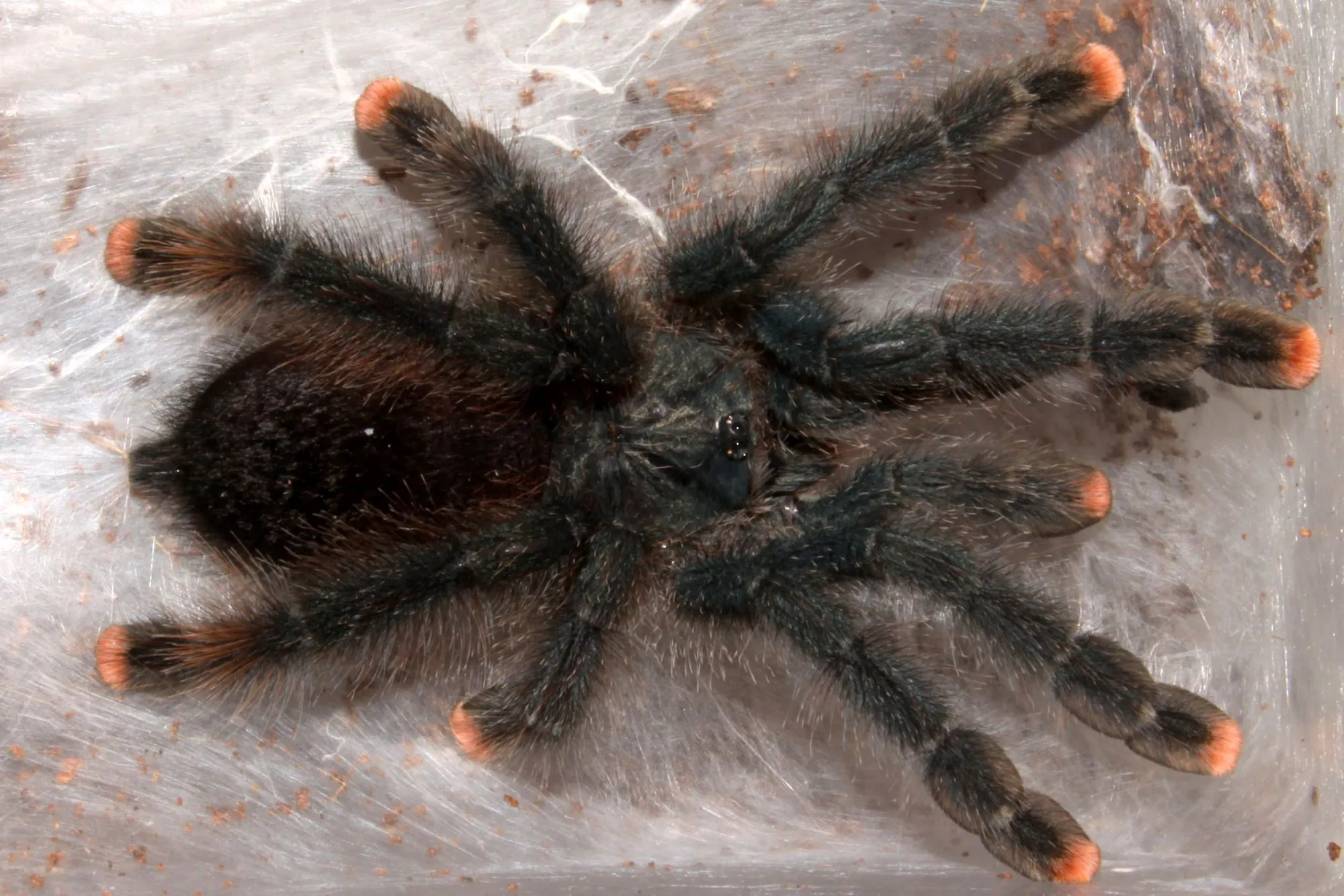
Several signs can indicate that your tarantula may have a health issue. These include loss of appetite, lethargy, unusual posture, and difficulty molting. Other signs of concern are the presence of parasites, such as mites, and physical injuries. If your tarantula appears to be unwell, examine its abdomen, legs, and fangs for any abnormalities. It is also important to monitor the tarantula’s behavior; if it seems less active than usual, this could be a sign of an underlying health issue. Early detection and intervention are crucial for a positive outcome.
When to Seek Veterinary Advice
While most tarantula owners are capable of handling basic care, there are times when professional veterinary advice is necessary. If you notice any significant changes in your tarantula’s behavior or health, such as refusal to eat for an extended period, difficulty molting, or the presence of parasites, consult a veterinarian specializing in exotic pets. Unfortunately, finding a vet who specializes in tarantulas can be challenging. Research and locate a qualified exotic animal veterinarian in your area before you need one. Prompt veterinary care can significantly improve your tarantula’s chances of recovery and overall well-being.
Conclusion
Caring for a pink toe tarantula can be a rewarding experience. By following these top 5 tips – providing the right enclosure, proper feeding, maintaining the correct environment, practicing safe handling, and understanding common health issues – you can ensure your pet’s health and happiness. Remember, responsible pet ownership is key to creating a positive experience for both you and your pink toe tarantula. With proper care, your pink toe tarantula can thrive and provide you with years of fascination and enjoyment. Enjoy the unique experience of caring for these amazing creatures!
